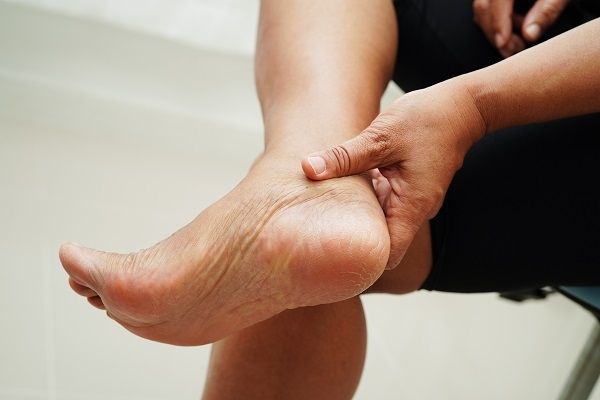Here’s the translation into American English:
—
The Ruber International Hospital has issued a serious alert regarding diabetic foot, one of the most common and severe complications of diabetes that can lead to amputation and endanger the patient’s life. This health issue, which continues to rise, can be prevented if detected and managed properly in a timely manner.
According to the World Health Organization (WHO), diabetic foot manifests as an infection, ulceration, or destruction of deep tissues in the foot, associated with neurological impairments and vascular diseases in individuals with diabetes. Dr. Pablo Gallo González, head of the Angiology and Vascular Surgery Department at the hospital, explains that this condition does not arise out of nowhere; rather, it is a consequence of prolonged poor metabolic control, neglect of foot health, smoking, hypertension, high cholesterol, obesity, and a sedentary lifestyle.
The number of amputations due to this condition is alarming: every 30 seconds, a person loses a partial or total limb due to diabetic foot. The lack of blood flow, associated with infections, significantly raises the risk of amputation. A poorly treated ulcer can become infected, and without adequate circulation, it may lead to the loss of the affected limb.
Warning signs often include ulcers or lesions on the feet, along with potential symptoms such as tingling, cramping, intense pain, or loss of sensitivity. In cases of vascular disease, the patient may experience pain while walking, even at rest, and the foot may appear pale and cold. If an infection occurs, bad odors, purulent discharge, and fever may arise, requiring immediate medical attention.
Treatment for diabetic foot must be comprehensive and tailored to the patient’s needs. From a vascular perspective, it is essential to assess the degree of ischemia. Dr. Gallo mentions that without adequate blood flow, wounds do not heal and revascularization techniques may be required, whether minimally invasive or via open surgery. In cases of deep infections, hospitalization, surgical debridement, and broad-spectrum antibiotics will be necessary.
Fortunately, diabetic foot is preventable. Educating the patient, their environment, and healthcare professionals is key in this process. Preventive measures include daily foot inspections, wearing appropriate footwear, rigorous control of glucose, cholesterol, and blood pressure levels, quitting smoking, maintaining a healthy diet, and regular exercise.
Dr. Gallo also warns that neuropathy can prevent the patient from feeling small wounds, and that ischemia complicates healing. For this reason, a minor injury can evolve into a chronic ulcer, multiplying the risk of infection and amputation. Therefore, he emphasizes the importance of daily foot care to avoid complications.
Dr. Gallo stresses that diabetic foot is not an inevitable fate. With preventive measures, education, and appropriate treatment, it is possible to prevent many amputations and improve the quality of life for those living with diabetes.
Referrer: MiMub in Spanish









